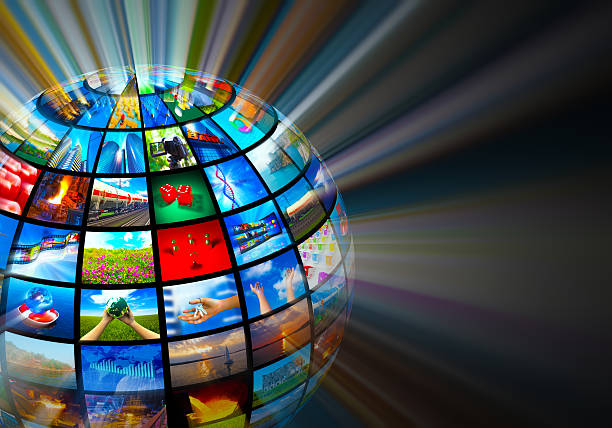"Breaking Barriers: Transcendence of Language in International Cinema"
The language of cinema transcends the spoken dialects, uniting audiences globally through visual storytelling. This article delves into the rise of international films, their impact on the entertainment industry, and the way they have broken language barriers to captivate global audiences.

A Panorama of International Cinema
International cinema, often referred to as “world cinema,” encompasses films produced outside the Hollywood system. Born out of the cultural uniqueness of various countries, these films offer a fresh perspective on storytelling, different from mainstream American cinema. The history of international cinema is as diverse and rich as the cultures they represent, each with its unique filmmaking style, narrative traditions, and socio-political contexts.
Current Scenario: Streaming Platforms as Catalysts
With the advent of streaming platforms like Netflix, Amazon Prime, and Hulu, international cinema has gained significant traction in recent years. These platforms have democratized access to films from around the world, making them readily available to global audiences. Recent international films like “Parasite” from South Korea and “Roma” from Mexico have gained critical acclaim and mainstream popularity, signaling a shift in audience preferences.
Artistic Impact and Reception: A Global Affair
International films are not just about different languages; they offer diverse cultural perspectives, narratives, and aesthetics. They allow audiences to experience different cultures, traditions, and social issues, promoting cross-cultural understanding and empathy. The success of films like “Amour” (France), “A Separation” (Iran), and “Crouching Tiger, Hidden Dragon” (Taiwan) in global film festivals and award ceremonies signifies the appreciation and acceptance of diverse storytelling formats.
Breaking Language Barriers: Subtitles and Dubbing
One of the significant challenges for international cinema has been language. However, this barrier is gradually diminishing with the use of subtitles and dubbing. The acceptance of subtitled content has increased among audiences, contributing to the success of non-English films. Dubbing, too, has improved in quality, making films accessible to wider audiences, regardless of their linguistic backgrounds.
The Way Forward: A Tapestry of Diverse Narratives
The rise of international cinema is reshaping the global film industry, challenging the dominance of Hollywood, and proving that good storytelling transcends language barriers. As we move forward, we can expect to see more diverse narratives, unique storytelling techniques, and cultural representation in international cinema, enriching the global cinematic experience.
In conclusion, the burgeoning interest in international cinema is a testament to the power of visual storytelling in breaking language barriers and uniting global audiences. With the digital revolution and changing audience preferences, the world of cinema is becoming more inclusive, offering a platform for diverse voices and narratives.




